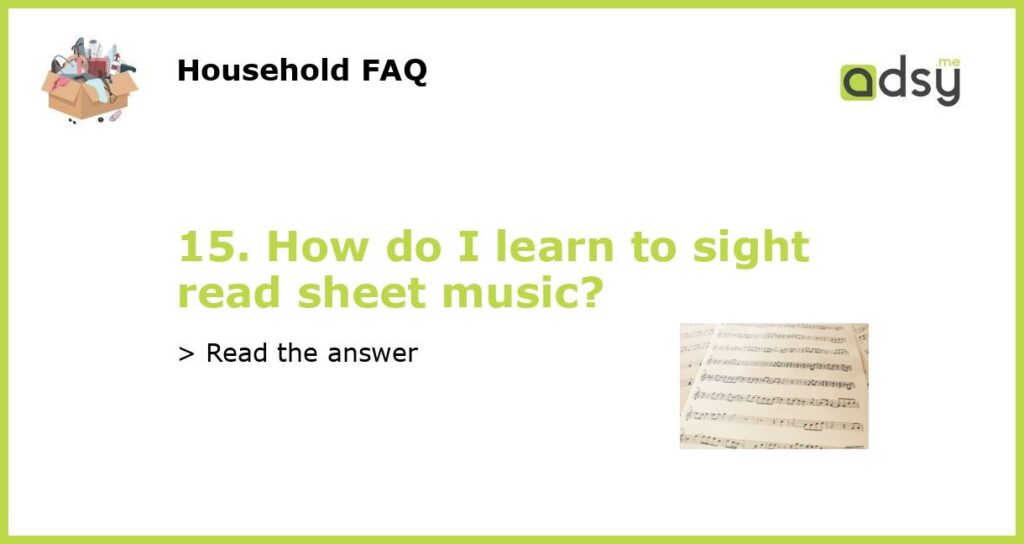Learning to read sheet music is a useful skill that can open up a world of musical possibilities. Sight reading, in particular, is an essential skill that all musicians should develop. But where do you start? Here are a few tips to help you get started in learning how to sight read music.
Start with the Basics
Just like with any other skill, it’s essential to start with the fundamentals. The first step is to learn the names of the notes and their values. This might seem obvious, but it’s an important foundation that you’ll build on as you progress.
Next, spend some time memorizing the key signatures, as they play a critical role in determining which notes to play next. Practice writing them down and saying them out loud to help commit them to memory.
Practice Regularly
As with any skill, regular practice is key. Make a habit of practicing sight reading every day, even if it’s just for a few minutes. Start with beginner-level pieces and work your way up to more complicated pieces as you gain confidence.
Don’t be afraid to make mistakes – they’re a natural part of the learning process. Instead, focus on identifying where you went wrong and trying again until you get it right.
Utilize Online Resources
The internet is a treasure trove of resources for aspiring musicians. Take advantage of online tutorials, videos, and articles that can guide you through the process of learning how to sight read music.
You can also find a range of online exercises and games that can help you improve your sight reading skills while making it a fun and engaging experience.
Get Feedback From Others
Finally, it’s helpful to get feedback from other musicians as you progress. Find a teacher, mentor, or musical colleague who can listen to you play and provide constructive criticism.
Also, consider joining a local music group or ensemble that performs regularly. This will provide you with opportunities to practice sight reading in front of others and receive real-time feedback on your progress.
By following these tips and staying committed to regular practice, you’ll be well on your way to developing excellent sight reading skills.






